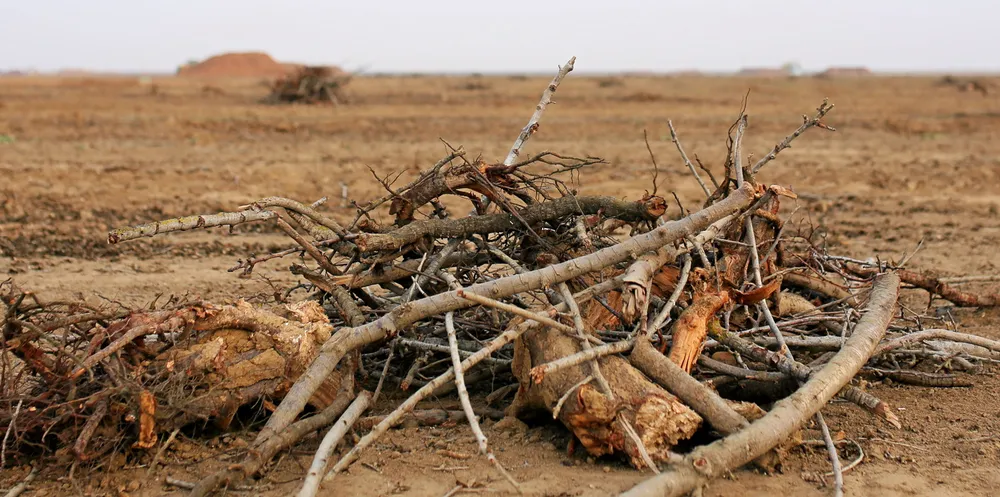Plans for 'world’s first carbon-negative green hydrogen project' unveiled in US
Los Angeles, California-based start-up Mote will convert wood waste into H2 and capture and store the CO2 — but it might not be the first to do so

Los Angeles, California-based start-up Mote will convert wood waste into H2 and capture and store the CO2 — but it might not be the first to do so
